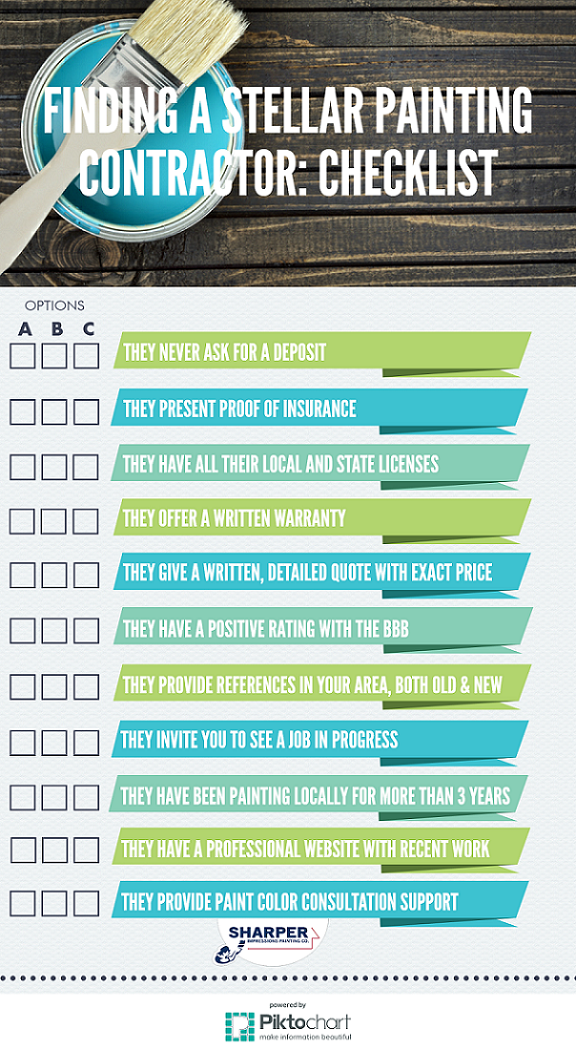Vital Seasonal Aspects Of Commercial Exterior Painting: What You Should Comprehend
Vital Seasonal Aspects Of Commercial Exterior Painting: What You Should Comprehend
Blog Article
Short Article Produced By-McLamb Browne
When you're planning an industrial exterior painting job, seasonal variables can make or damage your outcomes. You'll intend to consider exactly how temperature level and humidity effect paint application and drying out times. Picking straight paint can ensure your paint sticks appropriately and lasts much longer. However which seasons are really the most effective for this type of job? Let's check out the key elements that can impact your project's success.
The Effect of Temperature Level on Paint Application
When you're preparing an industrial outside painting task, the temperature can dramatically affect how well the paint adheres and dries out.
Preferably, you wish to repaint when temperature levels vary between 50 ° F and 85 ° F. If it's too cold, the paint might not cure effectively, bring about issues like peeling or fracturing.
On the other hand, if it's as well hot, the paint can dry out as well quickly, preventing proper bond and resulting in an irregular surface.
simply click the next internet site need to additionally think about the time of day; early morning or late afternoon offers cooler temperature levels, which can be extra positive.
Always check the producer's recommendations for the certain paint you're using, as they typically offer assistance on the ideal temperature level array for optimal outcomes.
Moisture and Its Effect on Drying Times
Temperature level isn't the only ecological aspect that influences your commercial outside paint task; humidity plays a considerable role also. High humidity levels can slow down drying times drastically, affecting the total quality of your paint task.
When the air is filled with wetness, the paint takes longer to heal, which can lead to issues like poor attachment and a greater threat of mildew development. If you're painting on a specifically moist day, be prepared for extensive wait times in between layers.
It's essential to keep an eye on regional weather and plan as necessary. Preferably, go for humidity degrees in between 40% and 70% for optimal drying.
Keeping these consider mind ensures your job stays on track and delivers a long lasting finish.
Best Seasons for Commercial Exterior Painting Projects
What's the most effective time of year for your industrial exterior paint jobs?
Springtime and early loss are normally your best bets. During these periods, temperature levels are moderate, and humidity degrees are typically lower, producing perfect conditions for paint application and drying out.
Prevent summertime's intense heat, which can cause paint to completely dry also quickly, bring about poor adhesion and finish. Likewise, winter season's cool temperatures can prevent proper drying and curing, taking the chance of the longevity of your paint job.
Go for days with temperature levels in between 50 ° F and 85 ° F for optimum results. Keep in mind to examine the neighborhood weather report for rainfall, as wet problems can destroy your job.
Preparation around these aspects ensures your painting task runs smoothly and lasts much longer.
Final thought
In conclusion, planning your commercial exterior paint jobs around seasonal considerations can make a substantial difference in the result. By scheduling work throughout the perfect temperature levels and moisture degrees, you'll make sure better bond and drying times. Remember to keep an eye on regional weather forecasts and choose the correct time of year-- spring and very early autumn are your best bets. Taking these steps will certainly help you attain a resilient and specialist coating that lasts.
